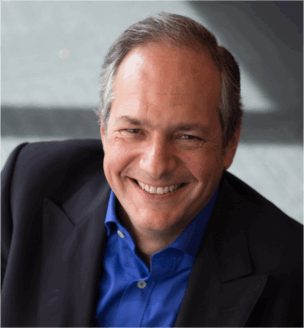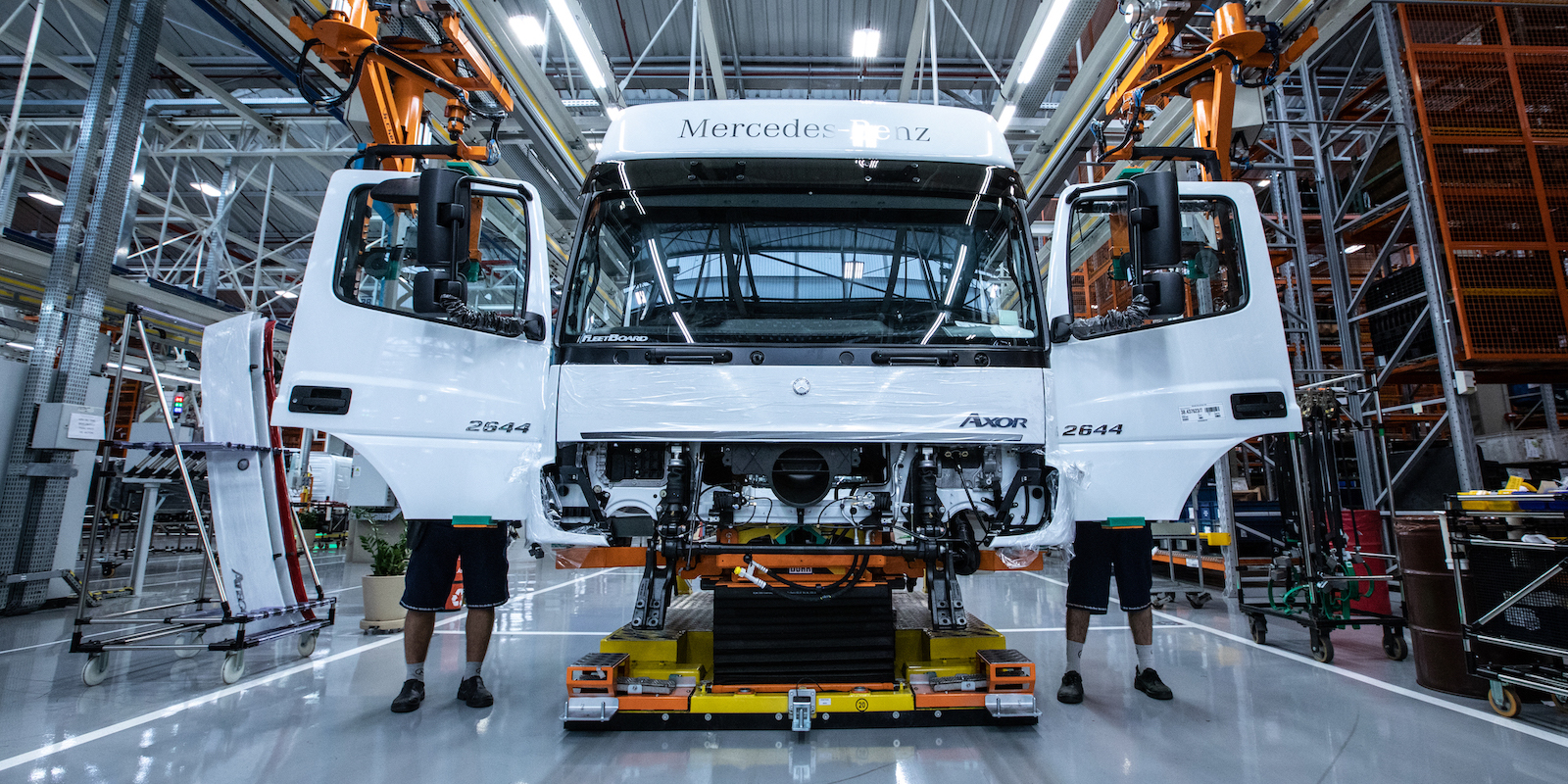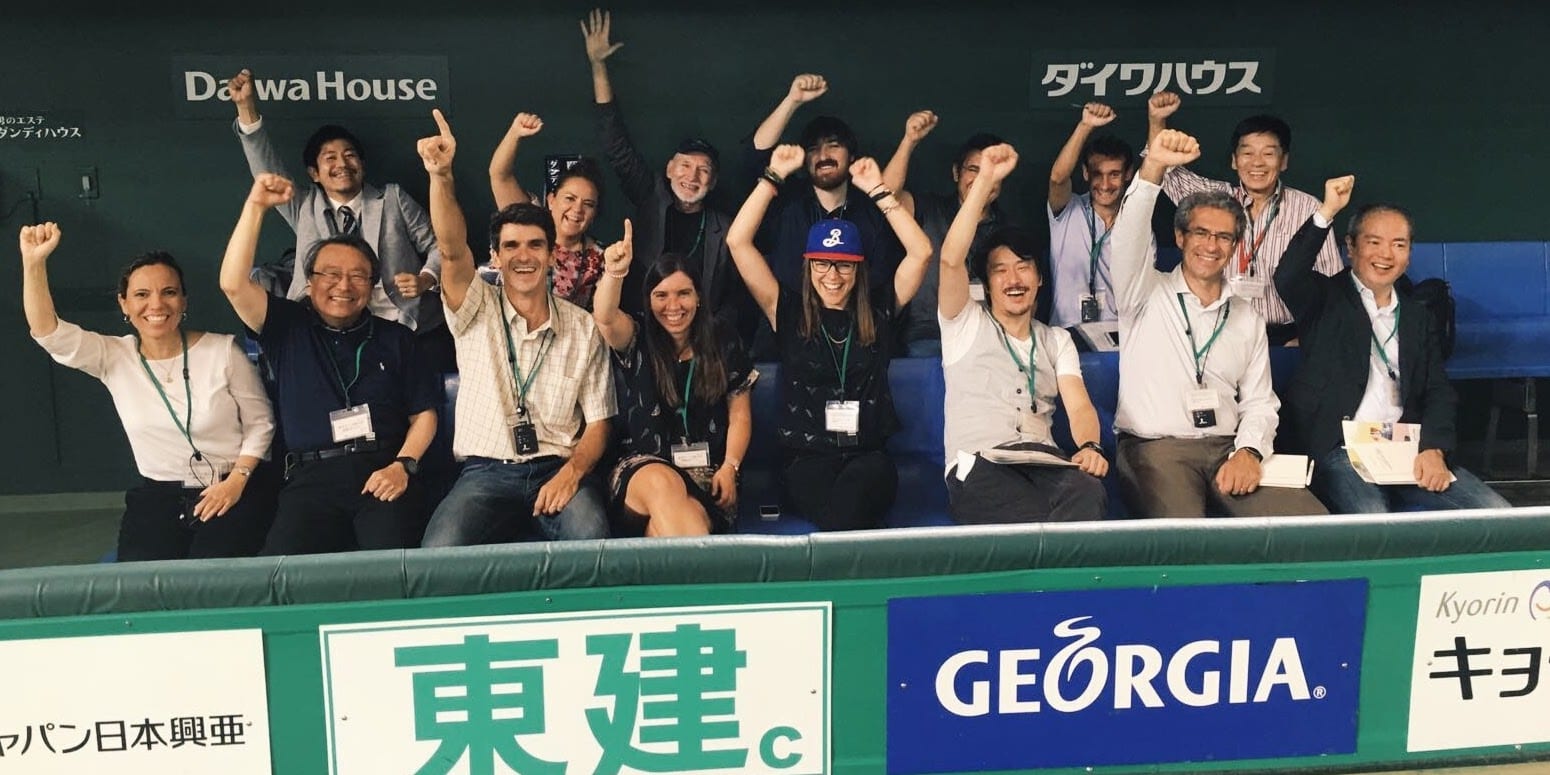
Asking the right questions. Sure, but how?
FEATURE – This interesting article explains what it means to ask to right questions and why the way to success is learning about problems, not wondering whether solutions are wrong or right.
Words: Michael Ballé and Agnès Nicolas
The way to breakthrough, we’re told, is asking the right questions. There are so many possible answers out there these days that innovators are learning to value questions more, understanding they are the source of innovation. But which questions?
The entrepreneurs we know think in terms of trial-and-error. Look at their whiteboards or presentations and you’ll see their goals – what they want to make happen – and their plans – what they’re currently trying to make it so. They value agility in the sense that if one approach doesn’t work out, they need to quickly try something else. And, indeed, this is the smartest ways to solve difficult problems. Rather than thinking of a problem as an obstacle, a rock on the way that needs to be blown up or chipped away, you look at it as a fortress that you can cause to fall if you find a way in.

Picture source here.
Try something, if it doesn’t work, try something else. This approach is sometimes called “fail fast.” Its only downside is that financial and human capital is rarely unlimited. Every time you try something, you use up resources and, just as importantly, credibility. In other words, you’d better rack up some visible successes as you fail somewhere else because before long people will simply stop letting you play. The real present value of your goal is the gain it represents multiplied by the probability of achieving it:
Real present value = aimed for gains x probability of achieving it
This probability depends on how you go about it:
Learning method --> probability of success
Throwing your hat on the ground and drilling where it lands is a great way to drill if you’re standing over an oil field. If you are not, it is just plain nuts. When you’re standing on an oil field or a diamond mine (or any other resource-exploitation metaphor you can think of), indeed, try-and-see is a great way to go about things because sooner or later you’ll find the right way to get to your answer. It assumes you’re already looking in the right place. This is what people call “making assumptions.” Of course, we make assumptions – this is how we think. But unless we learn to question those productively (and to not be paralyzed by the questioning), we’ll find different ways of looking in the same place.
Our mind are not passive blank sheets that somehow absorb the environment around them, compute and somehow produce “ideas.”

They are active projection machines that throw our assumptions on the world in the form of ideas and see whether they fit or not:

We look at the world from the prism of what we intend to do, and what we see is not reality, but the on-going simulation of reality on our brain’s software – which is why we’re often surprised by something that has been there all along but we simply hadn’t noticed. As these errors are noticed, we correct our simulations (or not) and, it seems, at night the brain prunes out all the fragile branches we’ve developed, which is why you can learn something one day and have forgotten it the next morning. It just didn’t imprint deep enough.
Our conscious thoughts come from less conscious mental models, loosely structured mental maps of how the world works, based on deeply held beliefs and intentions, which we project onto a situation in the form of ideas we then try out.

Although our knowledge of facts is almost infinite and our ideas feel new every time, our deeper mental models turn out to be usually quite simple and very, very sticky. This is why you see someone smart repeating the same mistake again and again. They feel they are trying something new every time, but their underlying mental model hasn’t changed. As long as the mental model fits the situation, this is great – one of these ideas will work. But when the mental model is no longer aligned with the situation, then you can try-and-see as much as you want, but no idea will work.
Asking the right questions means learning to challenge the assumptions in our deep mental models – what we take for true that isn’t so.
It sounds simple enough but, in practice, it is very hard to do for two reasons. First, we are rarely aware of our own deep models. Sure, we know we have deep beliefs, and we know we identify with groups that share some of these deep beliefs, such as progressive or conservative, engineer or marketer and so on. But try and pinpoint your own mental model on anything and you’ll find that although you feel you know your own thinking, when you attempt to draw it out on paper the fog of confusion and uncertainty falls and nothing you draw or write fits. Surely your thinking is not so simplistic, is it? Actually, it is. For instance, if you think “being nice to people works” or “being nice to people doesn’t work”, your mind will throw myriad examples where “nice” and “works” take different meanings, and where you are somewhat right and somewhat wrong – without ever changing that core belief. All the ideas you produce in context will stem from this assumption, which, being smart, you’ll adapt to the situation, such as “Being nice to people works, but not to this jerk.”
The second reason is that mental models are sticky and your own mind will fight you to prevent you from reconsidering. The brain really values fluidity, what is easy to process, as it’s cheap in energy and sugar. Therefore, what is easy to process (habitual) feels truer, righter, better. It’s a feeling. Also, we are usually part of a peer group that share our base mental models to a larger extent, so your mind can show you the evidence that this assumption is correct without ever having to formulate it. Look around you: everyone here wears ties/no one here wears ties. The mind holds on to its assumptions and keeps them away from you, like a word on the tip of your tongue, and it takes a real effort to actually spell them out. When you do, your mind’s first reaction will be defensive: I don’t really think that, do I?
True learning doesn’t occur unless you’ve changed an aspect of a deeply hidden mental model – which means projecting different ideas on the world and trying new things.

Asking the right questions means challenging our assumptions in order to change our mental models and continuously adjust them to evolving situations. This is the vaunted ability to “pivot” to have “breakthrough ideas” or “flashes of insight” we so admire in (successful) innovators. But how can we cultivate this ability if we have to fight our own minds for it?
The obvious answer is being curious and open – the more we expose our minds to different viewpoints and facts, the higher we’ll accidentally hit something that goes “aha!” and changes our way of thinking. But relying on this happening by chance is hardly a method.
The trick is changing our model of learning. We intuitively think of learning as moving from solution to solution – from a so-so solution to a better one. School is all about answers. The curriculum starts with simple answers and progressively teaches us more complex or complete ones. Not surprisingly, this is how we look at learning: moving from answer to answer until we find the “better” ones we can confidently run with. Unfortunately, although extremely pragmatic (after all, we need to do something) looking for answers actually slows learning down. It leads us to better explore the space of one mental model – like fleshing out more details on a mental map – but it doesn’t help us to change the map itself. How can we do so? Learning about problems rather than solutions. Searching for answers leads us to look at solutions and evaluate them to understand which one is better. We can radically reframe this by asking: what has this solution taught us about the problem?

Focusing our learning on our understanding of the problem rather than our catalogue of solutions gets us much closer to clarifying our mental models: what do I understand about this problem and what don’t I? What don’t I get? Which aspects escape me completely because they are not part of my mindset?
Concentrating on understanding the problem has the added advantage of structuring learning curves as opposed to randomly moving from one solution to the next. With a growing understanding of the problem, we can better recognize how each situation is specific and so orient our new ideas and new solutions to test and cumulate the learning. The question is no longer “what has worked/not worked with this solution?” but “what had we understood/not understood about the problem?” This is no longer a matter of seeking different paths to breach the fortress but learning about the fortress itself.
The further advantage of looking at problems rather than solutions is the fact that knowledge is transferable. Most solutions are limited to a very specific context. Typical problems, however, will usually arise in a wide variety of contexts – they are movable. A catalogue of problems will give you a far wider knowledge base than a repertoire of solutions. This means that as you study the problem by trying different solutions, you actually increase your probability of overall success as the findings become cumulative – as opposed to restarting from scratch every time. Failure of one specific attempt is success in better understanding the problem, and therefore increases your probability of overall success.
For instance, if we use the fortress image literally and imagine ways of making it fall, finding a weak spot to enter and from there on to open the gates is a typical problem – it applies in any fortress situation and has a multiplicity of answers, depending on the specific context. Storming and breaching the gate would be another typical problem and so on. Understanding all aspects of the problem makes you a truer expert than trying one solution after the next as they come to mind. For instance, in order to thrive, societies have to solve key problems, such as sanitation, nutrition, taxation, education, energy and transportation, innovation and so on. As we can see with the reaction to the Covid-19 pandemic, societies that investigate the problem rather than focus too early on solutions (and arguing about it) achieve much better outcomes.
Asking the right questions goes much further than “why?” and “how?” – it means rooting out the deep mental models in people’s minds (and our own) and surfacing the assumptions that need to be questioned. This is hard, because the odds are stacked against this endeavor: both your peers and your own mind will fight you for it. The countermeasure is to focus on learning about the problem rather than whether solutions are good and bad. Thinking and describing problems gets you much closer to your hidden mental models and makes it easier to change them. By giving yourself the task of truly understanding the problem and creating your own library of problems, you also learn to ask the right questions along the way. That’s how you come up with truly new ideas you can try out – and learn from the experience.
THE AUTHORS


Read more


CASE STUDY – This article briefly outlines the different stages of the lean transformation at Mercedes Benz Brazil, as the company looked for the best approach to engage everyone in continuous improvement.


FEATURE - An initial look into the impact of lean management principles on the growth of young organizations hopes to encourage further analysis into why and how lean startups succeed.


FEATURE – Study tours in Japan are an increasingly popular learning tool for lean practitioners. The author reflects on the first ever tour she ran and on what it left people with.


INTERVIEW – Lean is making inroads in the Middle East! In this interview, a Senior VP of Gerab National Enterprises tells us how the company is using lean to reinvent itself as a project management firm.

